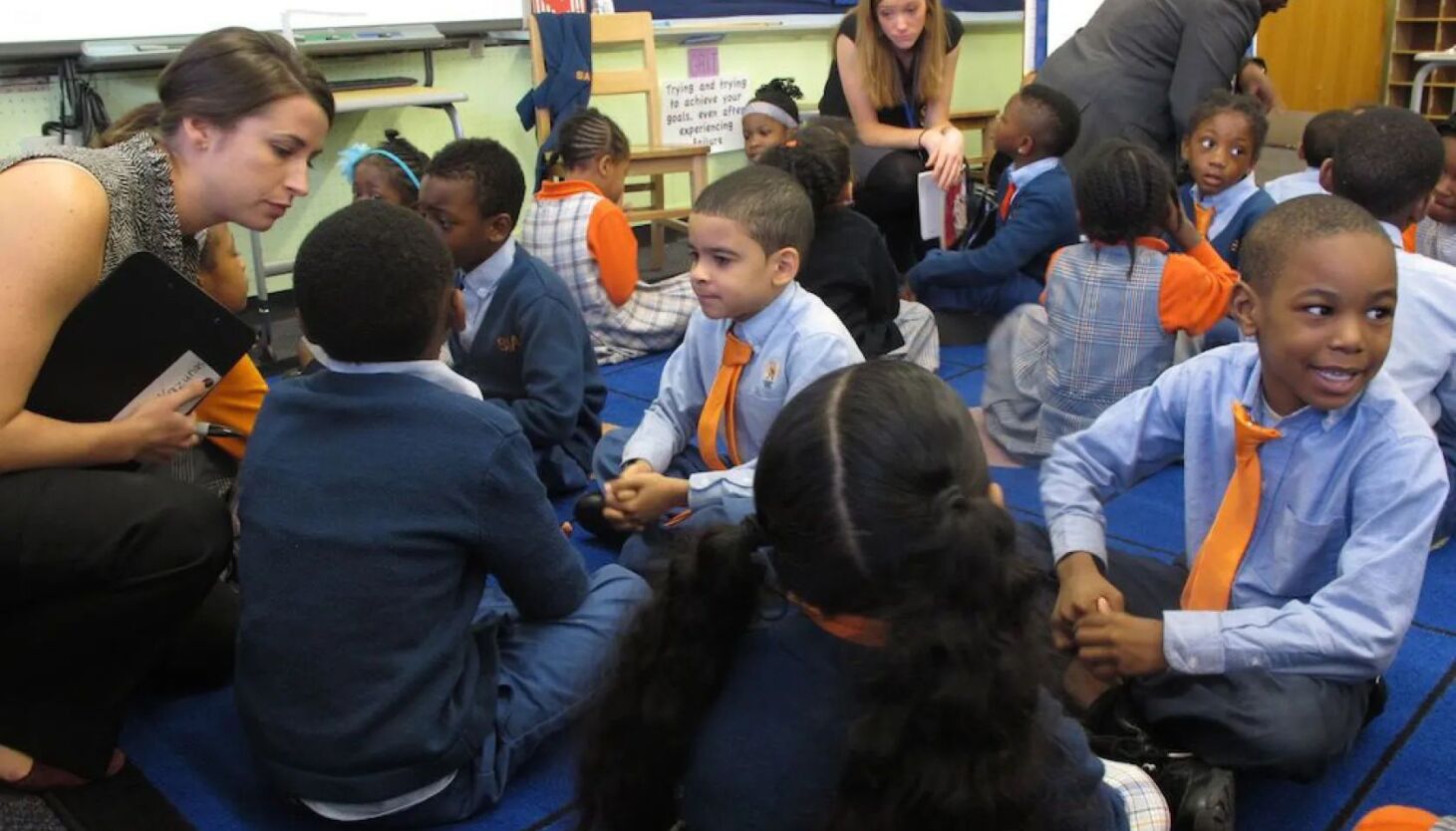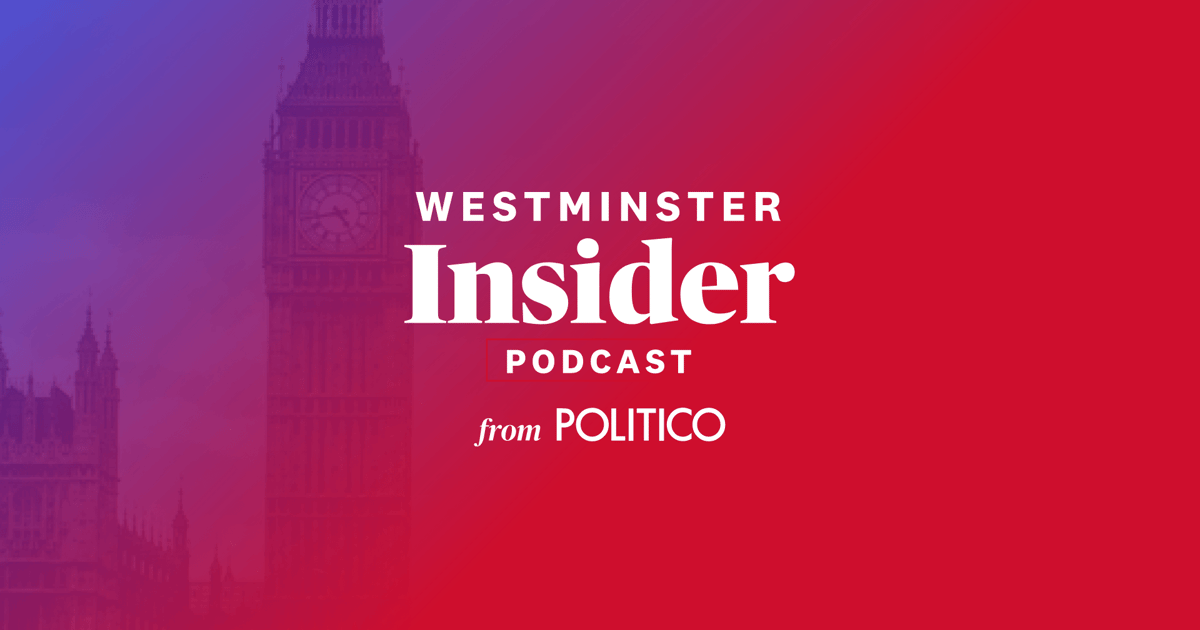This story was originally published by Chalkbeat. Sign up for their newsletters at ckbe.at/newsletters.
Before the pandemic, Principal Laurie Midgette’s Brooklyn charter school maintained a waitlist 300 names deep. But over the past three years, demand has receded, and her school’s enrollment has dropped by 16%.
It’s forced her to dial up recruitment efforts, advertising in movie theaters and on bus stops. With more open seats, the school is in the process of enrolling about 35 asylum-seeking students who recently arrived in New York.
“This is definitely, for us, a new phenomena,” said Midgette, who runs Cultural Arts Academy Charter School in Brownsville, referring to enrollment drops.
For years, New York City’s charter schools have been known for their steady growth and long waitlists. Even as the number of K-12 students in the city’s district schools plunged about 9% since 2019, charter schools grew by 8% over the same period.
But that overall growth obscures an important part of the story: 58% of the city’s charter schools shrank over the past three years, not including schools that opened or closed during that time. (The official enrollment data sometimes groups multiple campuses under the same charter school.) Some of the city’s flagship networks are also struggling to fill all their campuses, including Uncommon Schools and Success Academy, the city’s largest charter operator.
“There’s a misconception that charter schools aren’t getting hurt by enrollment during the pandemic. But we clearly, clearly did — no question,” said Ron Tabano, the principal and CEO of John V. Lindsay Wildcat Academy Charter School, which saw its enrollment decline 26% over the past three years. (Tabano said enrollment rebounded somewhat this year, though official counts are not yet available for the 2022-23 school year.)
The declines on many campuses also may complicate the sector’s push to lift the current state cap on charter schools in New York City, as new schools would compete to attract a shrinking student population.
The reasons for enrollment declines are complex, and there likely is not one cause. Multiple charter leaders said they’ve seen an increase in families leaving the city, a claim consistent with district data that showed a spike in the number of students who left last year. Others pointed to broader demographic trends, including falling birth rates, and even competition from new charters in certain neighborhoods.
Midgette, the charter school principal, said her staff surveyed the families who left during the pandemic. The same answer came up again and again: The high cost of living, especially rent, “is driving people away,” she said.
Still, the charter sector — which educates about 14% of the city’s public school students — is adding students overall. One source of that growth is grade expansions, such as a K-5 school that launches with kindergarten and adds a new grade each year. Charters that have opened or added grades have seen enrollment increase 37% since 2019, according to a Chalkbeat analysis of state data. About 4 in 10 charter schools expanded or opened over that period.
Among charter schools that are fully built out, however, enrollment has contracted by 4% over the same time frame. (Unlike charters, few district schools are adding new grade levels. But even among those that are, enrollment has fallen overall.)
Falling enrollment can have financial consequences — forcing staff layoffs or cuts to other programs such as clubs or extracurriculars. Charters are privately managed and typically fundraise, sometimes commanding hefty donations, but they depend on public funding that is largely tied to enrollment.
James Merriman, CEO of the New York City Charter School Center, said maintaining enrollment is crucial, noting that the city’s education department kept school budgets steady for much of the pandemic despite enrollment declines, a boost that charters generally did not have.
“Enrollment is especially important in the charter sector, because in our world there are no hold harmless clauses, supplemental appropriations and legislators won’t be riding over the hill to save us,” Merriman wrote in a statement. Still, he added, “despite the challenging environment, the fact is that charter enrollment grew overall.”
Enrollment Struggles
Some of the city’s largest charter networks, which have helped propel the sector’s growth, are also grappling with cooling demand and enrollment declines.
Uncommon Schools, which operates 24 schools in Brooklyn, has seen its enrollment fall by nearly 4% since the 2019-2020 school year. Barbara Martinez, a spokesperson for the network, said that families leaving the city was a “primary reason” for the drop.
“We have seen declines in enrollment like most other NYC schools,” Martinez said in a statement. “We are hopeful that as the world returns to ‘normal,’ that we will see enrollment figures stabilize.”
Success Academy, the city’s largest network with 47 schools, saw enrollment dip about 1% last school year, a notable decline for a network that often boasts of its lengthy waiting lists and whose leaders have previously outlined ambitious plans to reach 100 schools. Still, Success’ enrollment over the past three years has increased nearly 12%, according to state figures. (Success officials said the state data differed from the network’s own enrollment tallies. The network’s data, which Chalkbeat could not verify in state or city reports, still shows a 1% enrollment dip last year and a 9% gain over the last three years.)
“We’ve seen demand slacken in some areas, but we have many schools that are wildly oversubscribed such as our schools in Queens, Bensonhurst and areas of the Bronx,” Ann Powell, a Success Academy spokesperson, wrote in an email. “We intend to expand in those areas.”
In a significant change, Success is also altering its admissions policies next year in ways that could help fill more seats. For the first time, officials are allowing new students from other schools to transfer to Success in the fifth and sixth grades. Network officials previously argued they could not accommodate new students beyond the fourth grade because they might be too far behind.
Powell said the network is making the admissions change because “we’ve gotten more skilled at remediating” and noted that the network has incrementally expanded its backfill policies, though Success remains an outlier as other networks typically backfill across most grade levels.
Ray Domanico, a senior fellow and director of education policy at the conservative-leaning Manhattan Institute, said tweaks to admission policies on top of aggressive recruitment weeks after the school year started indicates that charters are competing for a shrinking pool of students, especially as birth rates have declined.
“They’re getting fewer kids and they want to maintain the size of their network and they want to get the funding they need to keep their teachers in place,” Domanico said. “It suggests that something has changed in the environment, which is that there are fewer kids to go around.”
About That Charter School Cap
Loosening demand for seats complicates a long-simmering argument about whether charter schools should be allowed to continue adding campuses in New York City. Opening new charters while the number of students stagnates or shrinks could create significant financial pressure on existing schools or even lead to closures.
For now, the sector is constrained by a quota on the number of charters that can be issued — 290 — which was reached in 2019. But many charter leaders and advocates have pushed to raise the limit, arguing that families should have many schools to choose from.
“Our goal is to provide an excellent education to the highest number of students possible — and in order to do that, we need to lift the cap,” wrote Jane Martinez Dowling, a spokesperson for KIPP, which has seen its enrollment grow during the pandemic and opened three new schools last year that were approved before the cap was reached.
That argument recently gained a powerful ally: Gov. Kathy Hochul said during a gubernatorial debate in October that she supports raising the cap, a position also held by her (since-defeated) Republican opponent, Lee Zeldin.
Raising the cap may still be a long shot, as many Democratic state lawmakers, who hold majorities in Albany and must approve the change, have resisted the idea. A spokesperson for Hochul did not respond to a request for comment about whether raising the cap is a priority.
Meanwhile, others in the charter sector have been more circumspect, including some small charter operators.
Franklin Headley, the principal of VOICE charter school in Queens, said demand for seats has become less predictable than in the past. With less certainty that all seats would be filled, the school admitted about 70 asylum-seeking children after the school year started.
Headley said it’s important that new charter schools continue to take into account where there is the most desire for seats in the application process.
“Is there parent demand for this?” Headley said. “Anybody who is considering lifting the cap, that’s the question they have to ask.”
Alex Zimmerman, azimmerman@chalkbeat.org, is a reporter for Chalkbeat New York, covering NYC public schools. Kae Petrin, kpetrin@chalkbeat.org, is a data and graphics reporter for Chalkbeat.
Chalkbeat is a nonprofit news organization covering public education.




